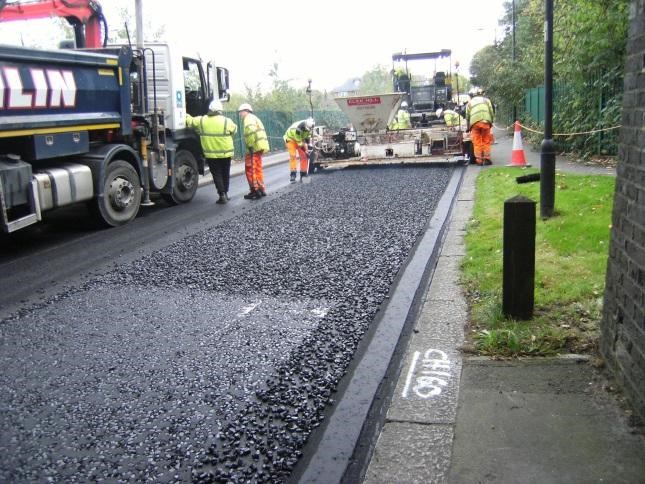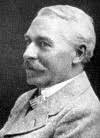There is a tale about the Highwayman Dick Turpin, or possibly Swift Nick Nevenson, that they committed a robbery in London then rode all night long to get back to York so that they could be seen with the Mayor in the morning. No one would believe they could have done the London job if they were in York for a morning appointment. There are two problems with this firstly, there is no way the Horse would have made it and the other is that the “roads” in those days were little more than potholed rutted dirt tracks that would have seen the horse lose a shoe, at the least or at worst break a leg. The Dandy Highwayman might have made it if he’d had the benefit of a tarmacadam road and a series of super powered Horses. If you need a Tarmac Contractors Yorkshire way then a visit to https://www.wrsroadsurfacing.co.uk/ should be a your first port of call.

As with many of the best inventions Tarmac came about purely by accident and by a lucky observation. Scotsman John Loudon Mcadam had been the originator of the process of improving the roads of the British Isles by the measurable inclusion of his famous Macadamisation process from 1820 onwards. The process involved a single layer of crushed stone that is squashed down flat with the dust from the stones sticking it together. This made it a lot easier for coaches and people in general to get about the country and especially between towns making trade and the movement of goods simple and with less chance of damages. The size of the stones used was the key and Mcadam gave specific instructions.

By the turn of the century the process was beginning to show its age. This was proved true by the slow introduction of the motor car and charabanc truck. The heavier traffic started to rut the roads, plus there was a large amount of dust being thrown up. Plus once the road crust was broken the elements could get in start to cause more damage. The cost of repairing the roads was becoming too great.
The Welshman Edgar Purnell Hooley was out and about on his morning constitutional when he saw a stretch of very smooth road. After a few inquiries he found out that a barrel of tar had been spilled on the road and some had thrown some slag out of the furnace to try and soak it up. Hooley observed that this accidental road surface was smooth and dust free plus it was rock hard so the chances of it rutting under pressure where reduced. Combining this with the Macadam road process then Tarmac was born.